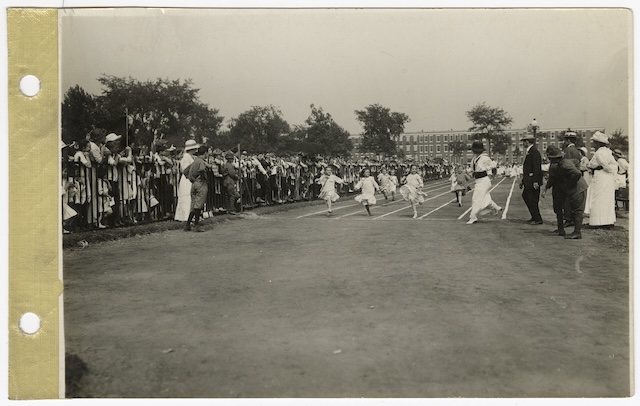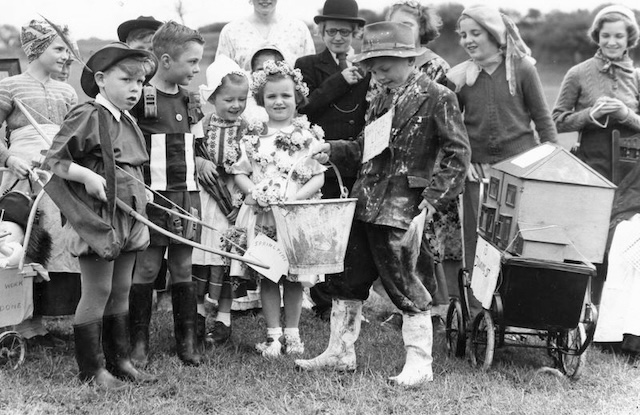In today’s fast-paced world, where technology is deeply integrated into every aspect of life, children are often spending more time indoors, staring at screens, than engaging in outdoor activities. The shift in children’s lifestyles has raised concerns about the impact of reduced physical activity on their overall development. In light of these changes, there is a growing recognition of the importance of promoting physical education and outdoor activities for children, not only to improve their physical health but also to help them develop essential social and emotional skills.

The Impact of Technology on Children’s Physical Activity
Over the past few decades, the rise of technology has significantly altered how children spend their free time. Video games, social media, and other digital entertainment platforms have become the go-to activities for many children. While these technologies offer certain educational benefits and provide entertainment, they have also led to a rise in sedentary lifestyles. Research has shown that children today are less physically active than previous generations, which can contribute to health problems such as obesity, poor cardiovascular health, and weak muscle development.
Increased screen time often leads to a reduction in outdoor play, a crucial part of a child’s physical and social development. The time spent on gadgets also often comes at the expense of participating in sports, playing outside, or taking part in physical activities that involve movement, teamwork, and exercise. As children’s dependence on screens grows, the skills they acquire from physical play—such as communication, problem-solving, teamwork, and resilience—may begin to decline.

The Benefits of Physical Activity for Children
Physical activity plays an essential role in children’s health and development. Regular exercise helps children develop strong muscles and bones, improves cardiovascular health, and enhances coordination and balance. Moreover, physical activities help maintain a healthy weight and contribute to better sleep patterns. But the benefits of exercise extend far beyond physical health.
Engaging in outdoor games and sports also helps children develop important social and emotional skills. Through sports and physical play, children learn how to interact with their peers, resolve conflicts, and work as a team. The sense of achievement from winning a race or scoring a goal builds confidence, while the experience of losing gracefully teaches humility and resilience.
Furthermore, physical activities encourage children to be more active and creative, as they often involve open-ended play, which stimulates imagination and problem-solving skills. Whether it’s a game of soccer, a race, or a simple playground activity, children are required to think on their feet, strategize, and adapt to changing circumstances. This active learning helps children become more resourceful and resilient in various aspects of life.

Outdoor Play vs. Screen Time: Finding a Balance
While technology offers valuable resources for learning and entertainment, it is important to balance screen time with physical activity. Parents and caregivers must take an active role in encouraging outdoor play and physical exercise, ensuring that children have opportunities to engage in activities that promote their well-being and development.
One effective strategy is to set limits on screen time and encourage children to participate in outdoor games, sports, or other physical activities after school or on weekends. Creating a routine that includes time for both screen-based activities and physical exercise can help children develop a balanced lifestyle. Moreover, parents can model healthy habits by engaging in physical activities with their children, such as going for walks, playing basketball, or riding bikes together.
Schools also play an important role in encouraging physical activity. Integrating more outdoor play and sports into the school curriculum not only helps children stay active but also teaches them the importance of maintaining a healthy lifestyle. Many schools still host events like “Field Day,” where students can participate in a variety of physical activities, from races to team-based challenges. These events foster a sense of camaraderie, teamwork, and friendly competition, all of which are essential for building social skills and confidence.

The Role of Physical Education in Schools
Physical education (PE) programs in schools are essential in helping children develop the physical and social skills needed for a healthy life. PE classes teach children the fundamentals of various sports, help them improve motor skills, and promote teamwork and collaboration. These classes also give children a structured environment to be physically active, learn about health and fitness, and make physical activity a regular part of their daily routine.
In addition to the obvious physical benefits, PE classes also contribute to emotional and psychological well-being. Exercise has been shown to reduce stress and anxiety, improve mood, and enhance cognitive function. For children, physical education can act as an outlet for energy, helping them focus better in class and enhancing their overall academic performance. By making physical activity an integral part of a child’s routine, schools can help foster a lifelong appreciation for health and fitness.

Encouraging Lifelong Physical Activity
Promoting physical activity early in life is essential for encouraging children to adopt healthy habits that they can carry into adulthood. By providing children with a variety of physical activities to choose from, parents and schools can help them find activities they enjoy, making it more likely that they will stay active as they grow older.
Whether it’s playing a sport, going for a hike, or simply walking the dog, encouraging children to engage in activities that get them moving is essential for maintaining a healthy lifestyle. Parents can help by providing opportunities for physical activity, such as signing children up for sports teams, taking them on outdoor adventures, or simply spending time outside together as a family. The goal is to instill a love for movement and to teach children that physical activity is a fun and rewarding part of life.
Conclusion: The Importance of Balance in Today’s World
As the digital age continues to evolve, the challenge of balancing screen time with physical activity has become more pressing. While technology has brought numerous benefits, it is essential that children are encouraged to stay active, engage in outdoor play, and participate in physical education programs. These activities not only improve physical health but also help children develop important social, emotional, and cognitive skills.
By striking a balance between screen time and outdoor activities, parents, schools, and communities can help children grow into healthy, well-rounded individuals. The key is to make physical activity an enjoyable and integral part of daily life, ensuring that children not only thrive in the digital world but also in the real world.

